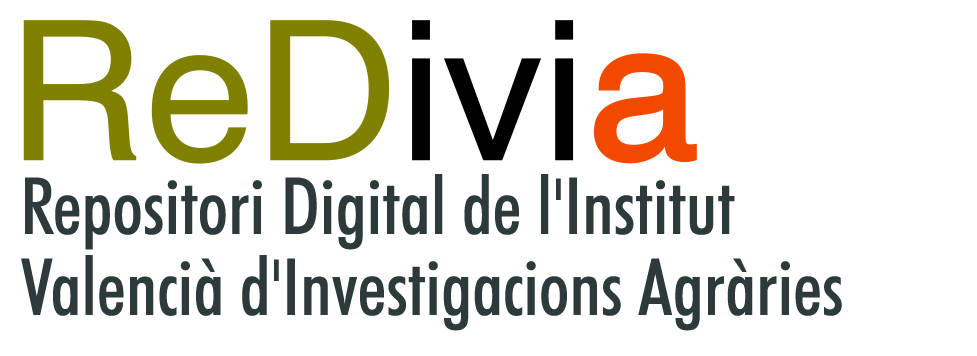Mejora genética de variedades de cítricos - IVIA
Ves enrere Mejora genética de variedades de cítricos
Mejora genética de variedades de cítricos
Ponente: Dra. Mª José Asins Cebrián. IVIA. Centro de Protección Vegetal y Biotecnología.
Moderador: Dr. Enrique Moltó. IVIA. Director del IVIA.
Resumen:
Citrus trees are economically the most important fruit crop, with an annual production exceeding 118 million tons in 2012 (FAOSTAT 2015). The main cultivated species are sweet oranges (Citrus sinensis (L.) Osb), mandarins (C. clementina Hort. ex Tan. and C. unshiu (Mak.) Marc., mainly), grapefruits (C. paradisi Macf.), pummelos (C. grandis (L.) Osb.) and lemons (C. limon L. Burm. f.). Target traits in breeding programs of citrus varieties are mainly related to fruit quality such as juiciness, lack of seeds, size, peelability, taste, flavor, and carotenoid and furanocoumarin contents, and also related to disease resistance to reduce costs in phytosanitary treatments and to tend towards an environment-friendly citriculture. To extend the harvesting period of high quality seedless fruits in citrus variety breeding programs, 20 traits related to vegetative growth (2), sexual reproduction (5) and fruit quality (13) were genetically studied in a segregating population of hybrids derived from a reciprocal cross between two commercial varieties, Fortune (a Citrus clementina hybrid) and Chandler (a Citrus grandis hybrid) that largely differ in fruit size, taste, colour, harvesting date and disease resistance. Juice and fruit colours, and tritable acidity showed a highly significant cytoplasm x harvest interaction where Fortune cytoplasm was associated with higher means of those parameters for the first and second harvests only. Type of cytoplasm was also associated with fruit seeds content and heterostyly of flowers. Very few hybrids (11.3%) were self-compatible and less than one fourth of the progeny showed parthenocarpic ability. Two Quantitative Trait Loci (QTLs) governing flower heterostyly and self-compatibility were found linked in group 3 of C. clementina where segregation distortion had been previously reported. Two major QTLs were consistently detected for fruit quality traits, one in the C. clementina map contributing up to 21.3% to rind thickness, and another in the C. grandis map contributing up to 59.7% to tritable acidity at the optimal maturing harvest. Unexpectedly, soluble-solids content and seed number of the fruit were positively and consistently correlated in the progeny what could be explained by linkage of some QTLs involved. Present information on the positions of 69 QTLs detected will be useful to search for candidate genes at the peak regions using the genome sequences already available for Citrus at the web portals http://phytozome.jgi.doe.gov/ and https://www.citrusgenomedb.org/ .






